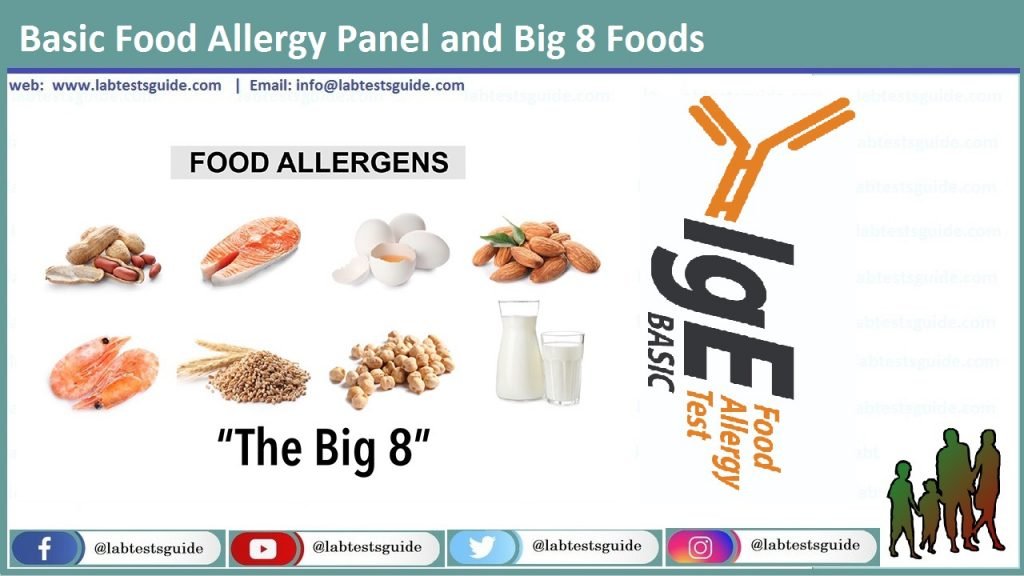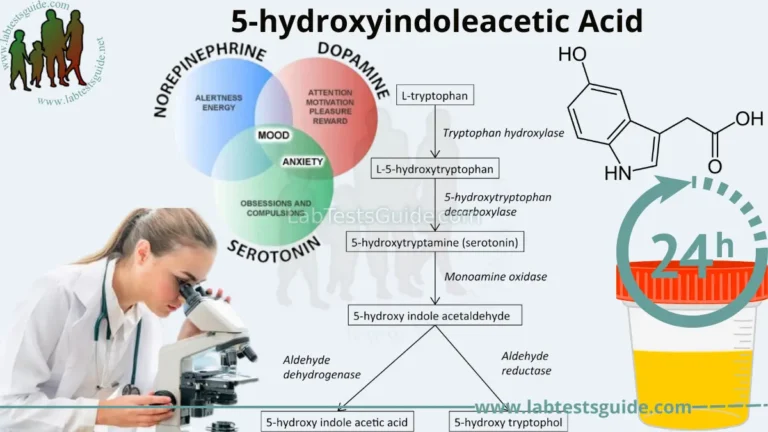A food allergy is a negative immune system reaction that can occur shortly after eating certain types of food. Your body reacts this way because it views the food you’re allergic to as invaders and creates antibodies known as immunoglobulin E (IgE) to fight against the foreign substances. This test searches the blood for these antibodies.

This Basic Food Allergy test panel can determine if you are allergic to 15 of the most common allergenic foods, including the “Big-8,” which are 8 specific foods that alone account for 90% of the food allergens in the World.
The following 15 foods are tested in this panel:
Almonds
Cashews
Codfish
Cow’s Milk
Egg Whites
Hazelnuts (Filberts)
Peanuts
Salmon
Scallops
Sesame Seeds
Shrimp
Soybeans
Tuna
Walnuts
Wheat
Who is this test for?
This test is for anyone who is curious about learning what they might be allergic to.
It also is for those who want to confirm they are allergic to a specific food. Knowing what foods you are allergic to can save your life.
Food Allergy Testing Vs Food Sensitivity Testing
On the surface level, a food allergy and food sensitivity (also known as food intolerance or a food hypersensitivity) may seem like the same thing, but they’re actually quite different. Foods that you are allergic to are viewed by your body in the same way that it views bacteria or viruses, and it reacts by fighting it in a similar fashion. A reaction to a food allergy is more severe and can cause skin reactions, digestive symptoms, and even anaphylaxis, which can kill.
A food sensitivity is a food that your body is unable to process or digest; it is not linked to your immune system like food allergens are. Dairy and gluten are common food intolerances that, when eaten in enough quantity, can cause stomach and digestive pain. Food hypersensitivities are more common than food allergies, despite how common it is for people to misdiagnose food sensitivity as food allergies.
Symptoms of Food Allergies
Allergic reactions can range anywhere from annoying and intrusive to frightening and life-threatening. Mild-to-moderate allergic reactions may include the following symptoms:
- Coughing
- Eczema
- Hives
- Nasal congestion and runny nose
- Nausea and vomiting
- Skin redness (Usually near the mouth or face)
- Sneezing
- Stomach pain and diarrhea
Anaphylaxis, a severe allergic reaction where your blood pressure drops and your airways close, is the greatest risk to those with food allergies. Along with anaphylaxis, the following are common symptoms of a severe allergic reaction:
- Chest Pain
- Difficulty swallowing
- Loss of Consciousness
- Low or weak pulse
- Shortness of breath
- Sudden anxiety
- Turning blue (due to lack of oxygen)
Any number of the symptoms associated with a severe allergic reaction can indicate anaphylaxis, which requires immediate treatment. Epinephrine is the only medication that can treat anaphylaxis.
Food Allergy Test Results Explained:
The test result for each allergen is measured in kU/L, which is the concentration of antibodies to that specific food per liter of blood. In order to determine if you are allergic to a food, the kU/L of each allergen needs to be compared with its own reference table. The reference table allows you to interpret your test results by classifying what is considered to be a high or low concentration of antibodies.
Each reference table is different and unique to each allergen, but all tables have multiple classes where your test results will fall. Your results’ relation to the reference table describes how concentrated your result is. For example, if your test result falls within the “Very High” reference range, then it is very likely that you are allergic to that food.
Possible References Used







